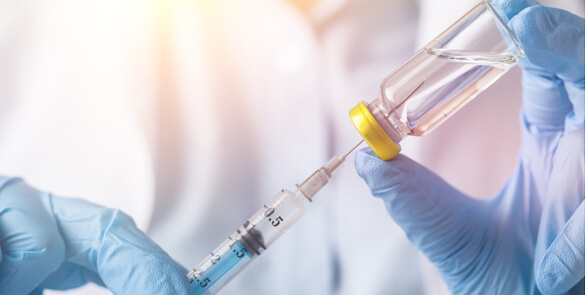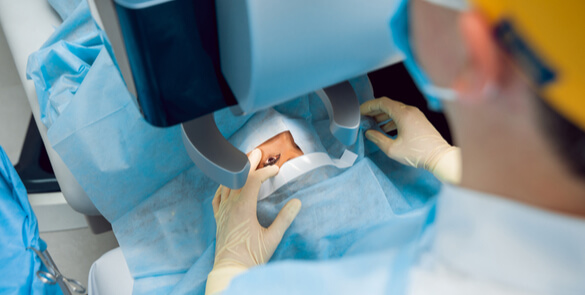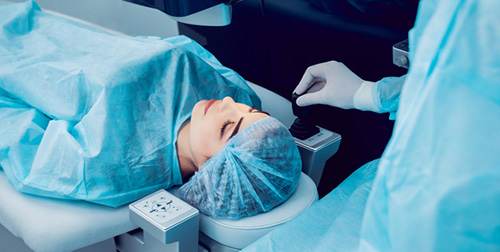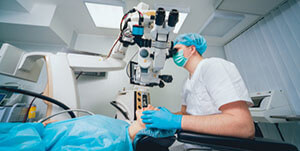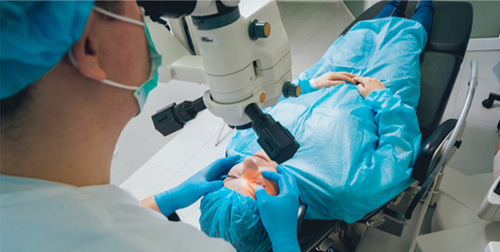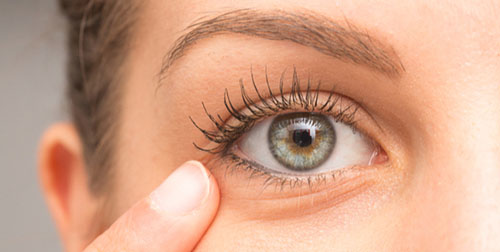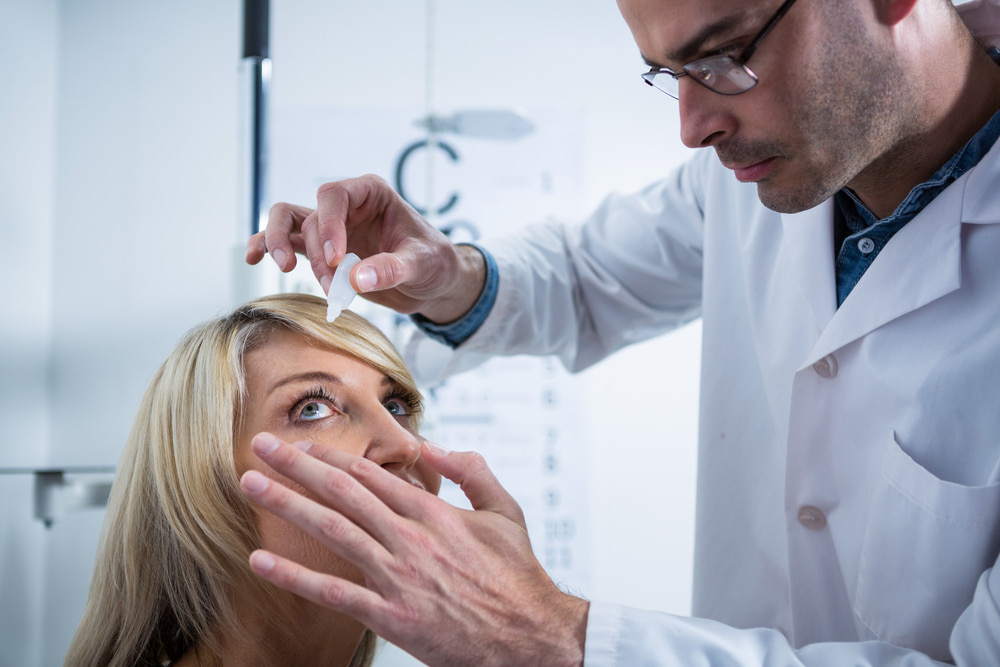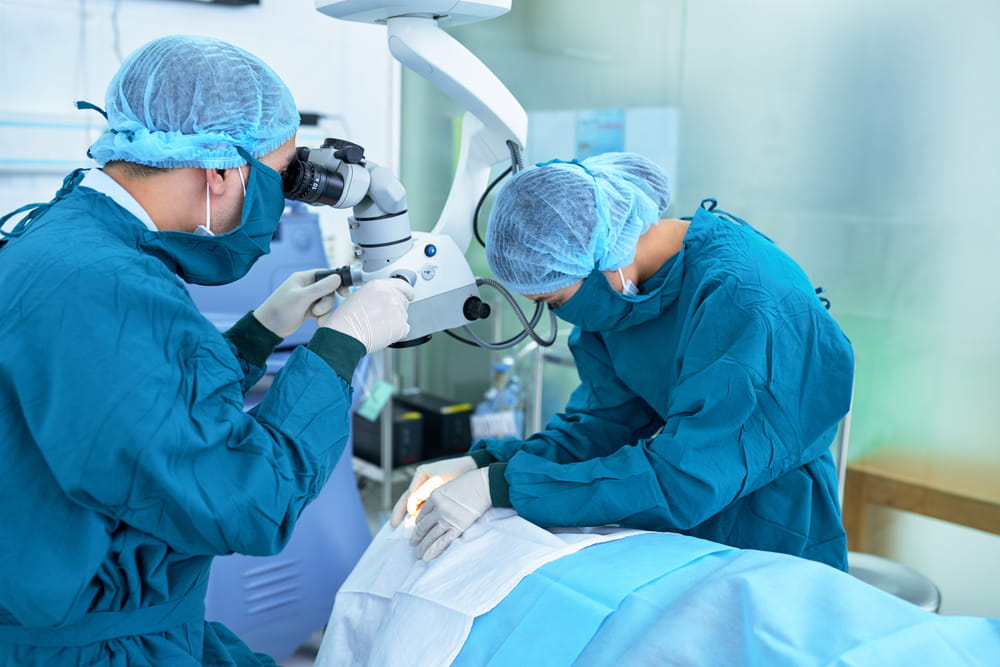[:en]29 October 2012 (Dubai, United Arab Emirates): Moorfields Eye Hospital Dubai, (Moorfields) the first overseas branch of the world renowned Moorfields London eye hospital, has announced the appointment of Mr Mariano Gonzalez as its new Managing Director. Prior to taking up his new position at Moorfields, Mr Gonzalez was the Group Chief Operating Officer at Al… Continue reading Moorfields Eye Hospital Dubai appoints Mariano Gonzalez as the new Managing Director
About Intravitreal Injection
The macula is the central part of the retina at the back of the eye. It is responsible for fine vision (reading, writing, watching television, and recognising faces). Patients with diabetes may develop macular oedema (swelling of the retina) due to leaking of fluid from blood vessels. This causes the vision to become blurred. A… Continue reading About Intravitreal Injection
High Precision Refractive Surgery
When you decide on an eye laser treatment, you expect the best possible results. The more fully developed the methods are, the better the outcome will be. The SCHWIND AMARIS 750S offers you the leading technology for your laser treatment – superior in all important aspects: Speed, precision, safety and comfort.
Corneal Transplantation (PK)
Why do you need a corneal transplant? The cornea is a window of transparent tissue at the front of the eyeball. It allows light to pass into the eye and provides focus so that images can be seen. Various diseases or injury can make the cornea either cloudy or out of shape. This prevents the… Continue reading Corneal Transplantation (PK)
Corneal Transplantation (EK)
Why do you need a corneal transplant? The cornea is a window of transparent tissue at the front of the eyeball. It allows light to pass into the eye and provides focus so that images can be seen. Various diseases or injury can make the cornea either cloudy or out of shape. This prevents the normal passage of light and… Continue reading Corneal Transplantation (EK)
Corneal Transplantation (DALK)
Why do you need a corneal transplant? The cornea is a window of transparent tissue at the front of the eyeball. It allows light to pass into the eye and provides focus so that images can be seen. Various diseases or injury can make the cornea either cloudy or out of shape. This prevents the… Continue reading Corneal Transplantation (DALK)
Cataract Surgery Treatment
Facts The term cataract derives from the view we get when looking through a waterfall. A cataract is the clouding or opacity of the lens inside the eye. The lens has the shape of a lentil and lies behind the coloured part of the eye, the iris. In a normal eye, this lens is clear.… Continue reading Cataract Surgery Treatment
Blepharitis
Facts Common condition that causes inflammation of the eye lids and can affect people of all ages. It usually affects the rim of the eyelids of both eyes and usually is not serious but still irritating and uncomfortable. Eyelids may become crusty and scaly and eyes may feel gritty and very tired with increasing irritation… Continue reading Blepharitis
Atropine Drops
Atropine Eye Drops: Uses, Benefits & What to Know Atropine has two effects when instilled in the eyes: Dilates the pupil (makes the black part of the eye larger). Stops the eye from focusing properly – blurring the child’s near vision temporarily. Why has my child been prescribed Atropine? Atropine has been prescribed to enable… Continue reading Atropine Drops
Astigmatism information
Facts Astigmatism is a treatable eye condition that can cause blurred vision and headaches. It is a refractive condition in which the eye’s optical system is incapable of forming a point image for a point object (images are misconstrued). The refractive error of the astigmatic eye stems from a different degree of refraction in different… Continue reading Astigmatism information
Aqueous Shunts
Aqueous shunts are devices that are used to reduce the eye pressure in glaucoma by draining the aqueous humour (natural fluid of the eye) from inside the eye to a small blister or bleb behind the eyelid. Draining the aqueous humour, using a shunt, reduces the pressure on the optic nerve that causes loss of… Continue reading Aqueous Shunts
Our Partnership with DHCC
[:en]Moorfields Eye Hospital Dubai chose to be located in Dubai Healthcare City (DHCC). The hospital shares the same goal as DHCC; “Dubai Healthcare City will become the internationally recognised location of choice for quality healthcare and an integrated centre of excellence for clinical and wellness services, medical education and research.” For more information on DHCC,… Continue reading Our Partnership with DHCC
